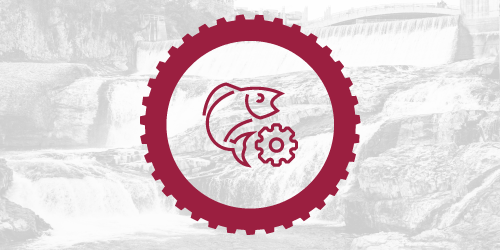
Potential Benefits of Forest Restoration for Hydropower
Wildfires can affect hydropower facilities by altering water quality and timing of runoff. Forest restoration efforts can mitigate these damaging effects and result in more water supply—further benefiting hydropower by increasing the total potential revenue from water power generation. But it is challenging to accurately estimate the value of added water supply from forest restoration efforts for hydropower facilities.
Researchers from Blue Forest Conservation, University of California Davis, and The Nature Conservancy simulated the effects of forest restoration in a California reservoir system and found that it could increase average annual water runoff to rivers in the watershed. That additional water supply would boost hydropower electricity generation and potentially increase revenue equivalent to 8-15% of the initial forest restoration costs. It’s an example of how improving the valuation of power and non-power hydropower services would have benefits for hydropower and beyond.
Learn more about the research from Blue Forest.





